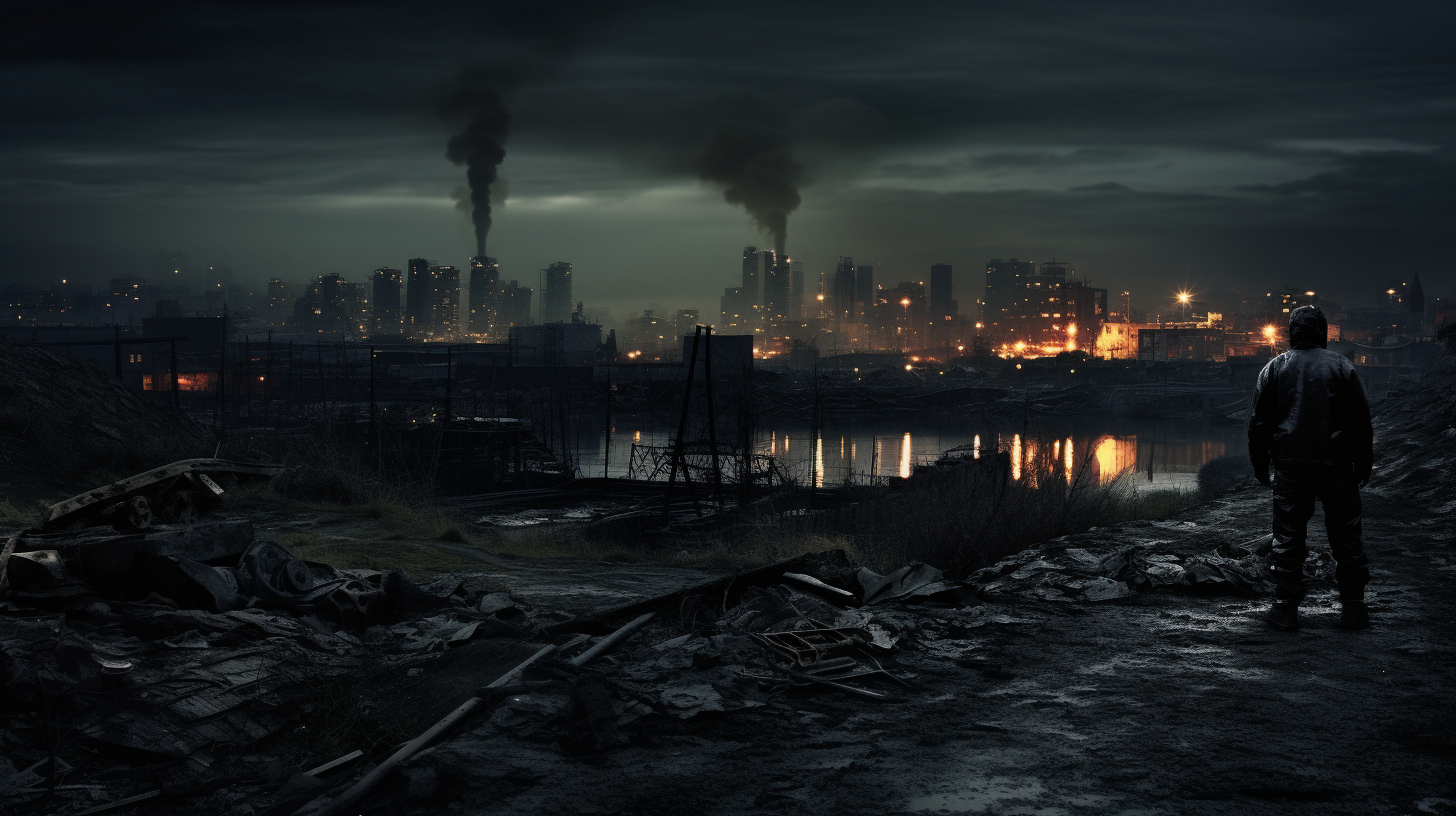The last time we looked up into the night sky to discover the constellations of our ancestors, did we recognize that it was a finale? That these celestial bodies, which guided ancient explorers and inspired poets for millennia, were about to perform their vanishing act amid our own anthropogenic haze? In this article, we delve deeper than the occluded stars and address the haunting emergence of the New Endless Night–an era not just defined by obscured skies, but by the profound darkness that now eclipses our world, both literally and metaphorically.
The New Endless Night didn’t arrive unannounced. Light pollution blanketed our cities, air pollution clouded the heavens, and space debris held a celestial siege. Our previous coverage, ‘Endless Night – How the Stars Disappeared from Our Skies’, already painted a stark picture of a cosmos concealed. But as we now stare into the void above, we understand that this blackout hides more than the universe; it shrouds our future.
In the bowels of cities where neon and LED once combated the velvet dark, the crumbling infrastructure ensnares them in a perpetual twilight. Eroded by climate extremes, battered by superstorms, and choked by unregulated emissions, the very essence of our civilization now mimics the obscured stars overhead. The energy grids we overburdened sputter and fail. The result? Sporadic blotches of light amidst the inky urban sprawl, a mirror to the sporadic visibility of stars, if one can still find them.
It’s not just aesthetic depreciation we’re talking about. The consequences are sharply felt. Crop yields are faltering without the steady rhythms of natural light and darkness. Nocturnal fauna stumbles in confusion, their ecological roles collapsing like a house of cards. Human health suffers as well, with cases of depression, insomnia, and a host of other ailments rising in tandem with the encroaching gloom. Our circadian rhythms are as disrupted as the battered orbits of satellites long since offline. We are victims, perpetrators, and witnesses of this somber pageant.
And yet, in this darkness, there is a peculiar glint of rebellion. Stories emerge of dark sky reserves, havens where, at a steep price, the wealthy can bask in the light of stars already extinct to the common lens. This commodification of a once-universal heritage speaks to a societal schism, where the haves and have-nots are now divided by access to a sight of the cosmos, a natural resource we took for granted.
Science, once a steadfast beacon, flounders in the shadow. Astronomical research relies on clear skies, now a rare luxury. The pursuit of knowledge is stalled: no new planets are discovered, no cosmic phenomena observed. The schools teach children about stars and planets they can no longer witness firsthand, relying on digital renderings and tales of a time when the night sky was a map and not a blank canvas.
As the shroud thickens, unsettling questions rise to the forefront. Is this present darkness a mere prologue to an even more dystopian future? Do our missing stars serve as harbingers for a time when nature’s silhouettes will also fade into obscurity—our forests, rivers, and mountains merely contours in the shadow? The parallels between our blighted night sky and the ongoing environmental erosion are uncanny and worrisome.
Individual responsibility is a poignant term, one might argue, in the face of governments and corporations that steer the helm. Yet, the choices we make today may not reverse the New Endless Night but could abate its advance. Dimming our lights may seem a feeble gesture, but collective effacement may one day pierce the gloom that enshrouds us. It’s an act of persistence, of defiance against the dark deteriorating the very matrix of our world.
To conclude, the New Endless Night is more than an environmental catastrophe; it is a profound cultural and existential challenge. Our children inherit not the twilight of the gods but the dusk of reason, where enlightenment is as scarce as the photons that once traveled unimpeded from the edge of the universe to the curious eyes of a child. We grieve not just for the lost beauty of the night’s tapestry, but for the lost opportunities of generations that will never know the starlight as a touchstone of our shared human experience.
